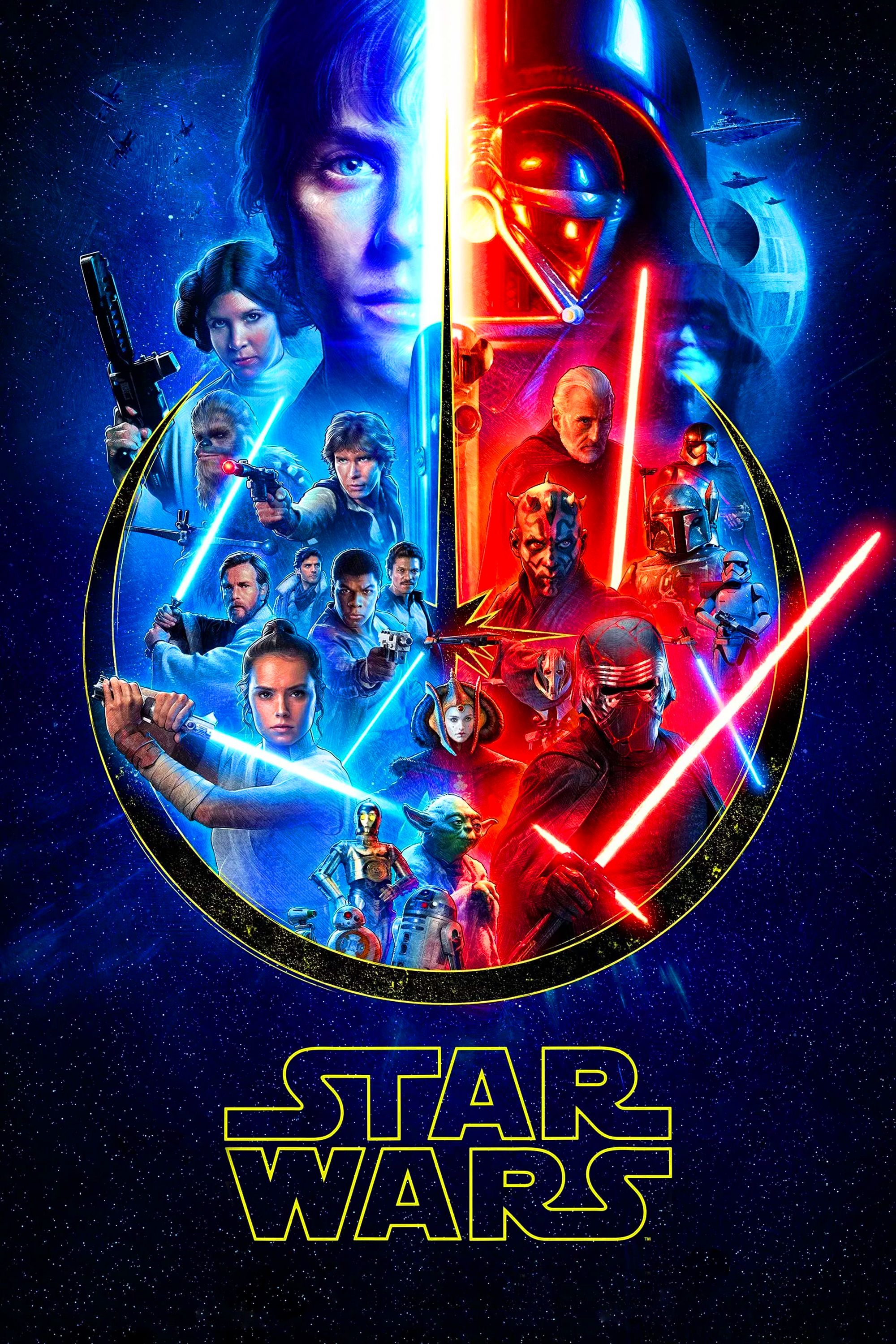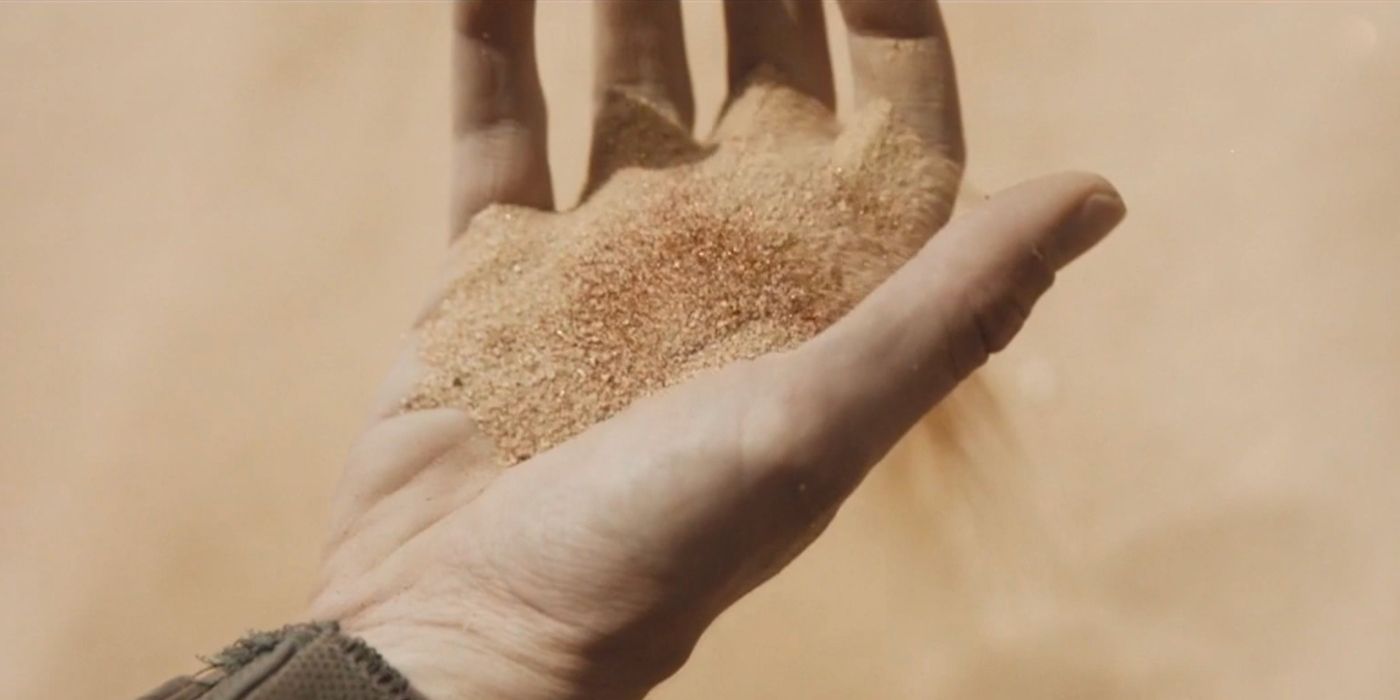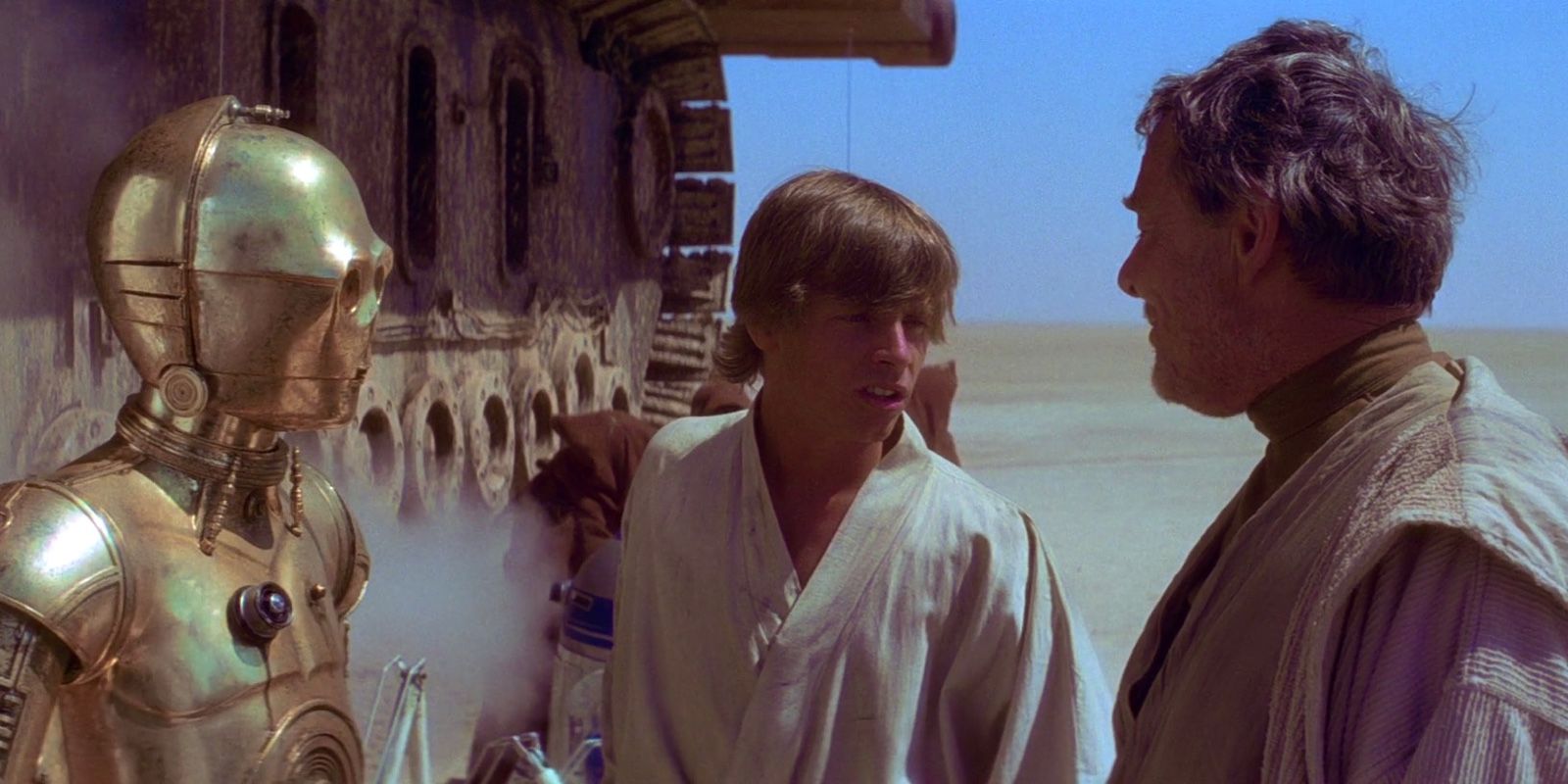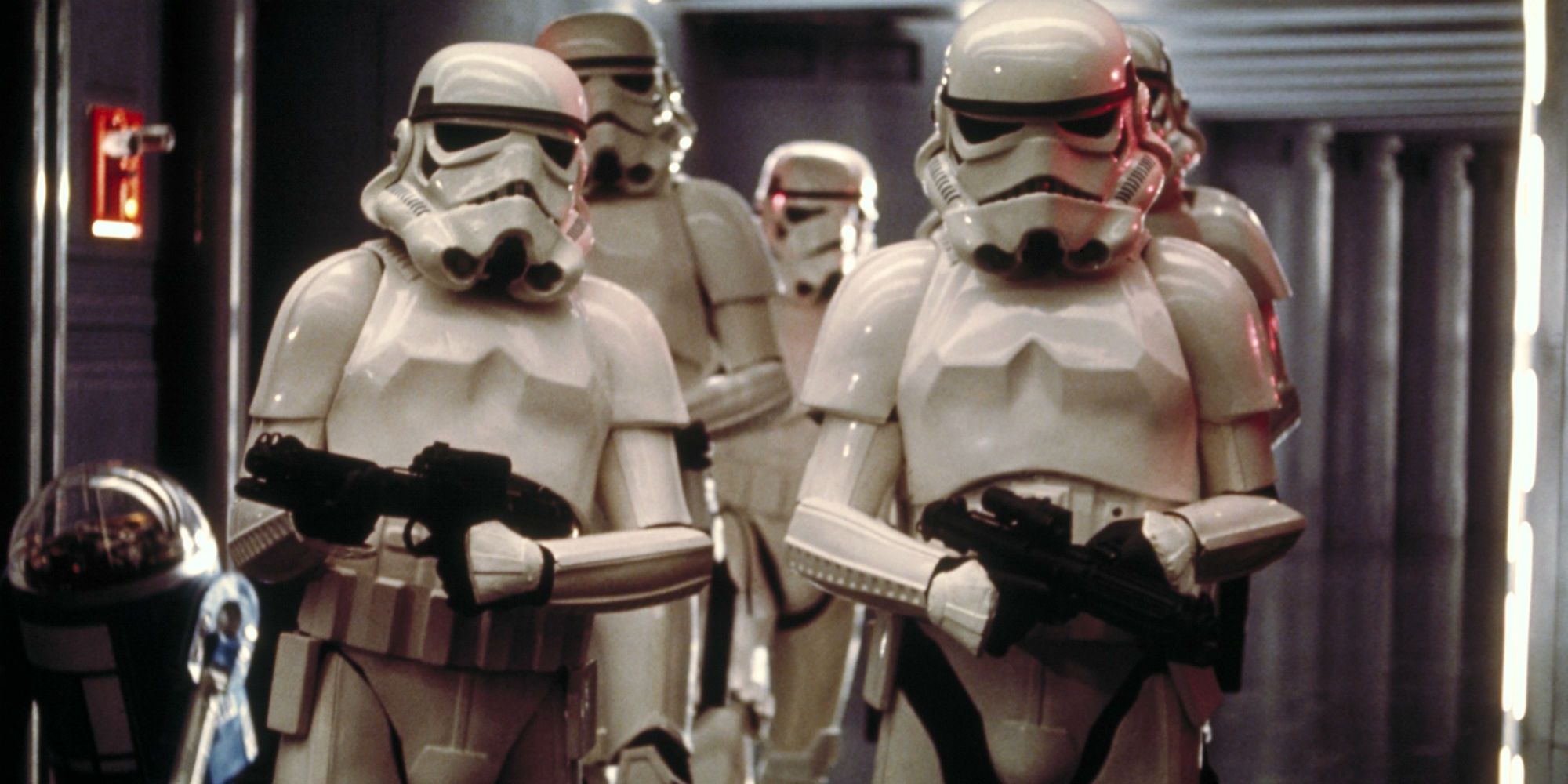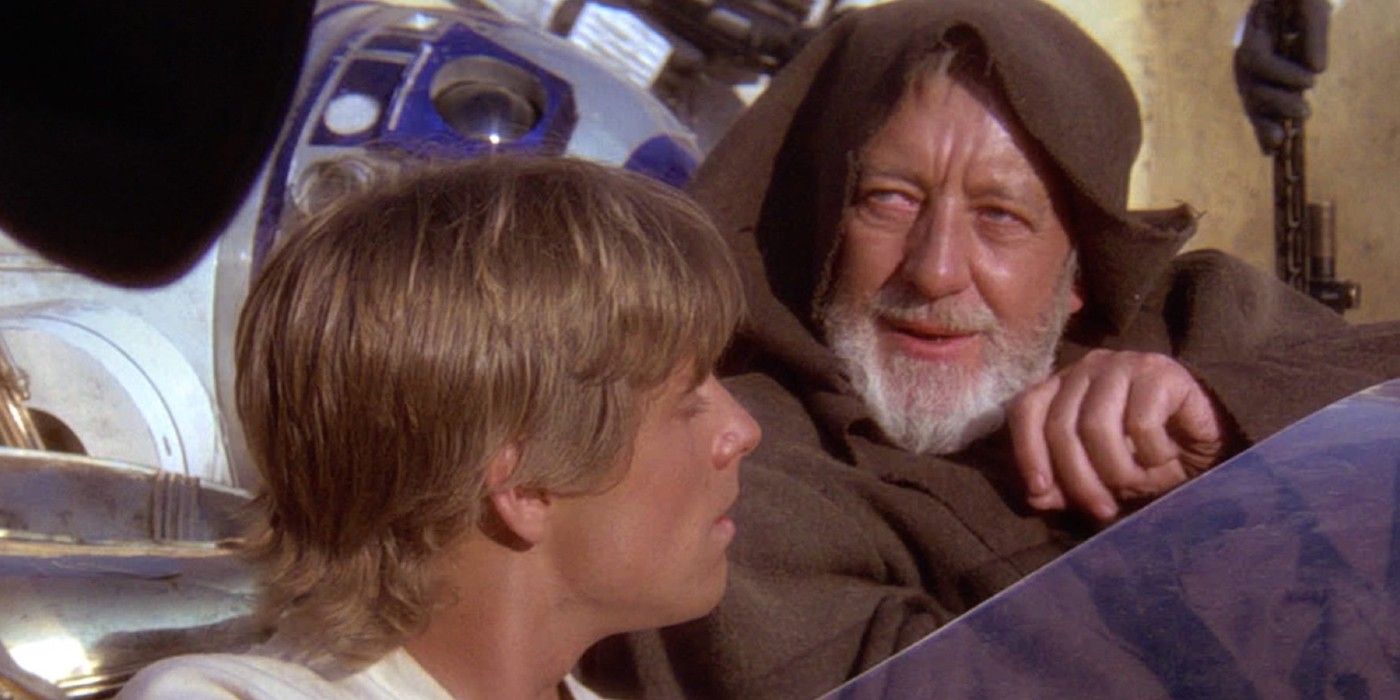Warning! This article contains SPOILERS for Dune: Part Two.
Summary
- Star Wars was heavily inspired by Frank Herbert's groundbreaking work of science fiction, Dune.
- Those inspirations and similarities are scattered throughout the franchise, from entire planets to many specific characters.
- While both franchises are similar, they each have their own individual merits and can be enjoyed together.
Despite its status as one of the most successful and original science fiction series of all time, Star Wars simply wouldn't be the same without Dune. Although George Lucas' epic space opera changed the game for the genre, it's clear that the series took serious inspiration from Frank Herbert's celebrated novel. As a result, it's not unreasonable to say that without Dune there would be no Star Wars as it exists today. Paul Atreides and his holy war has been recognized as one of the most significant and influential works in the entirety of science fiction, spawning several adaptations and pale imitations.
With the release of Dune: Part Two and the completion of Paul's rise to power in the Fremen religion, the comparisons are even more prevalent. Set on the desert planet of Arrakis, the Dune saga centers around the mythical substance spice – a drug capable of imbuing enhanced consciousness and facilitating intergalactic travel. Because of the novel's widespread acclaim, Dune's influence has permeated many aspects of modern pop culture. However, perhaps because of its shared genre, the book's most obvious descendant is probably the Star Wars movies. Here is everything that Star Wars took from Dune.
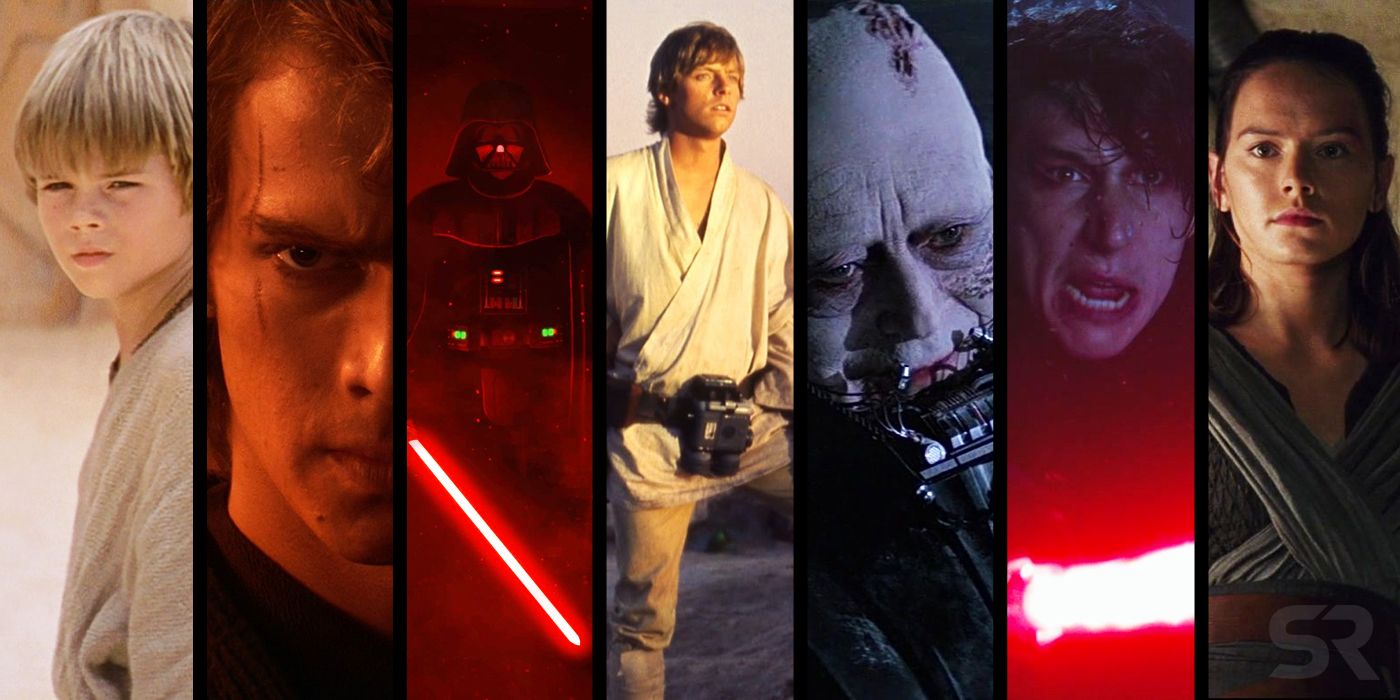
Every Star Wars Movie, Ranked Worst To Best
Looking at all nine Skywalker Saga entries and three spinoffs, we crown the best Star Wars movie in our full ranking of the galaxy far, far away.Tatooine Is Arrakis
Perhaps the most obvious similarity between the two is the setting. Dune's defining feature is the harsh, arid environment of Arrakis, which boasts oceans of sand in place of actual water. By contrast, Tatooine seems to have a slightly more prosperous population and natural resources, but the physical and climatological similarities between the two planets are uncanny. Additionally, one of Tatooine's most famous characteristics is the twin suns that illuminate the horizon. While Arrakis only orbits a single star, it does have two prominent moons, which may have influenced Lucas' thinking about Tatooine.
Tatooine also became as important to Star Wars' story as Arrakis was to Dune's, though for different reasons. In Dune, whoever controlled Arrakis controlled the known universe, due to the importance of spice. In Star Wars, however, Tatooine became a hub for multiple generations of Skywalkers, with both Anakin and Luke spending their early days there and Rey later returning to honor their legacy. Tatooine was also a central point in the criminal underworld of the galaxy, as Jabba the Hutt's palace was located in Mos Espa and the Pyke Syndicate moved spice through Tatooine.
The Sarlacc Is A Sandworm
Both Dune and Star Wars boast an array of incredible and terrifying creatures. However, none are perhaps more iconic than Arrakis' gigantic sandworms, which can grow to lengths of several hundreds of meters and are even used as a means of transportation by the planet's local Fremen people. Although there are no direct equivalents in the Star Wars universe, the sandworms do share some characteristics with the infamous Sarlacc pit, first seen in Return of the Jedi.
Although the Sarlacc's complete physiology is never fully revealed, the creature's sharp teeth bear a striking resemblance to those of the sandworms, from which the Fremen make their fabled Kris knives. To make the comparison even more concrete, the Sarlacc even lives in a region of Tatooine known as the Dune Sea.
Spice Is Spice, Though They Play Different Roles
One of the most important plot points in Dune is the so-called spice melange, a mind-altering substance that allows for interstellar travel and that's only known source – at least in the first book – is the planet Arrakis. Possession of the spice influences everything in the world of Dune and is one of the factors that shapes the Harkonnen/Atreides feud at the center of the narrative. Although the spice of Star Wars is not as significant to the overall plot as the spice of Arrakis, George Lucas' films do feature a similar story element.
In Star Wars, spice is a mind-altering drug that is highly sought after by criminal syndicates. While the hallucinogenic aspect is the same, it doesn't have the same importance to space travel as the spice in Dune does, as travel in Star Wars comes from hyperdrives and navigational calculations. Spice still does play a role in Star Wars' space travel, curiously, as the Kessel run shown in Solo and the run to get to the mines where spice was gathered played into the legend of Han Solo. Though the idea and name are very similar, Lucas did manage to make Star Wars' version of spice unique.
People Survive The Desert The Same Way
Living out on the rural sandflats of Tatooine, Owen Lars worked as a moisture farmer in the original Star Wars movie – ably assisted by his nephew, Luke Skywalker, and – for a limited period – the droids R2-D2 and C-3PO. Although Lars' profession initially seems like fairly innocuous backstory, it is actually another example of the link between the franchise and Dune. On Arrakis, devices known as dew collectors allow the inhabitants to harvest water – fulfilling almost exactly the same function as the moisture farmers of Tatooine.
Survival didn't play as big of a role on Tatooine as it did on Arrakis, though. In Dune, survival was impossible outside of cities without a stillsuit, which gave people a way to recycle water lost to sweat and other bodily functions. Aside from the moisture farms, the heat of Tatooine rarely becomes a consideration for the people of Star Wars.
The Empire Is The Imperium
In Star Wars, the Empire serves as the clear antagonists of the story, subjugating planets and weeding out dissenters. However, although they remain one of the most iconic villains in cinematic history, the Empire owes a clear debt to Dune's Imperium. As the center of political power in the galaxy, the Imperium is arguably a slightly more morally ambiguous presence than the obviously evil Empire. However, the Padashar Emperor's clear ambition and aggression towards the novel's protagonists firmly places them in opposition – much like Star Wars' Galactic Empire.
Even the Emperors themselves share eerie similarities and often worked in the shadows. The events of Dune begin because Emperor Shaddam Corrino IV used underhanded tactics to pit the Harkonnens against House Atreides, as he feared the power Duke Leto was gaining. Emperor Palpatine similarly used Anakin Skywalker to destroy the Jedi Order, the only force capable of opposing the Sith and his Empire. Neither of them finished the job, though, as one of their enemies survived, Paul in Dune and Luke in Star Wars, to dethrone them.
The Rebel Alliance Is Similar To The Fremen
Both Star Wars and Dune feature guerilla warriors fighting for freedom from the oppression of an imperialist incursion. However, while the Rebel Alliance owes a clear debt to Dune's Fremen, there are differences between the two. For instance, Star Wars' rebels are drawn from all corners of the galaxy, whereas Dune's initially hail entirely from Arrakis. The Fremen also play a much more tragic role in Dune, as they become cannon fodder for Paul's holy war, while the Rebel Alliance gets a happy ending and a liberated galaxy. Nevertheless, the presence of freedom fighters in both works provides another unmistakable connection.
Stormtroopers Are The Sardaukar
Not only do both Star Wars and Dune feature an oppressive empire, but both versions also boast their own crack troops. Although the fighting abilities of Star Wars' stormtroopers have been much-debated, what is undeniable is that they share some clear similarities with the Imperium's Sardaukar. Both sets of soldiers are supposed to represent an elite fighting force that is feared throughout the galaxy and used to enforce the Emperor's will. Although the two designs are quite different, there can be no doubt the stormtrooper concept owes a debt to Dune.
Princess Leia Is Alia Atreides
Princess Leia is one of the most significant characters in the entire Star Wars story, driving the narrative throughout. Although her role as a strong and iconic rebel leader is unquestionable, it's also clear that there are similarities between her character and Dune's Alia Atreides. The younger sibling of main protagonist Paul – which suggests another Star Wars connection thanks to Luke and Leia's familial bond – Alia is a mysterious character, blessed with preternatural insight and mind control abilities thanks to her exposure to the Water of Life. Similarly, Leia is also Force-sensitive, suggesting that the link between Leia and Alia is more than just etymological.
Jedi Mind Tricks Are The Voice
The pervading influence of The Force can be felt throughout the Star Wars story. Although Dune lacks the equivalent of an omnipresent spiritual power, there are traits of The Force throughout Dune – one of which is the ability to practice mind control. Certain characters in the story, such as Paul and his mother, Lady Jessica, are capable of using the voice to influence and control others. While this does not grant them the ability to move objects with their minds, it does bear a striking resemblance to Obi Wan's ability to control the stormtroopers on Tatooine.
The Jedi Council Is The Bene Gesserit
In the prequel trilogy, the Jedi Order is revealed to sit adjacent to politics, offering counsel to political leaders while subtly influencing affairs from the sidelines. Similarly, the world of Dune is shepherded by the Bene Gesserit cult – a matriarchal group manipulating events behind the scenes and often accused of witchcraft. Much like the Jedi, Bene Gesserit members can be found throughout the galaxy, highlighting their importance to the world of Dune. Though the all-female make-up of the Bene Gesserit differs from the Jedi order, both groups' status as pseudo-religious organizations demonstrates another clear connection.
Anakin Skywalker Is Paul Atreides
Perhaps the biggest link between the Bene Gesserit and the Jedi, beyond their spirituality, is both groups' quest for a so-called Chosen One. In the world of Star Wars, the Chosen One prophecy claims a figure will bring balance to the Force and cause the destruction of the Jedi's enemies, the Sith. By contrast, the Bene Gesserit believe that their Kwisatz Haderach will bring about the ascension of the human race – a process that the group attempts to initiate by means of genetic manipulation.
Both Anakin and Paul also subverted their respective destinies. Anakin was meant to serve the Jedi and destroy the Sith, yet his role was reversed in tragic fashion. Paul was meant to serve the Bene Gesserit, yet he actively worked against their plans and took power for himself without their consent. Although there are differences, as Anakin was eventually redeemed while Paul fully leaned into his villainous role, the presence of a messianic figure in both franchises is probably more than a mere coincidence, and Dune: Part Two may be a better version of Revenge of the Sith.
Darth Vader Is Baron Harkonnen
Darth Vader's revelation about Luke Skywalker's true parentage in The Empire Strikes Back is one of the most famous scenes in movie history. However, although the dramatic moment remains iconic, it perhaps wouldn't have existed at all without Dune. Much like the shocking reveal in Cloud City, it is explained halfway through Dune that Paul Atreides is actually the nephew of his sworn enemy, Baron Vladimir Harkonnen. Although it is not Vladimir himself who divulges this information, the role of heritage for both Paul in Dune and Luke in Star Wars highlights how the two stories remain closely connected.
While they share many similarities, they are also very different. Both Luke and Paul also initially rejected their newly revealed relationships, only to come to accept their ancestry, though they did so in very different ways. Luke discovered that his status as the son of Darth Vader didn't need to define him and he chose to be better. Paul, on the other hand, used his relation to the Harkonnens to justify increasing the violence and pain he inflicted, becoming more like them with every action. Their differences are highlighted in how they treated their relatives, as Luke spared Vader while Paul killed the Baron.
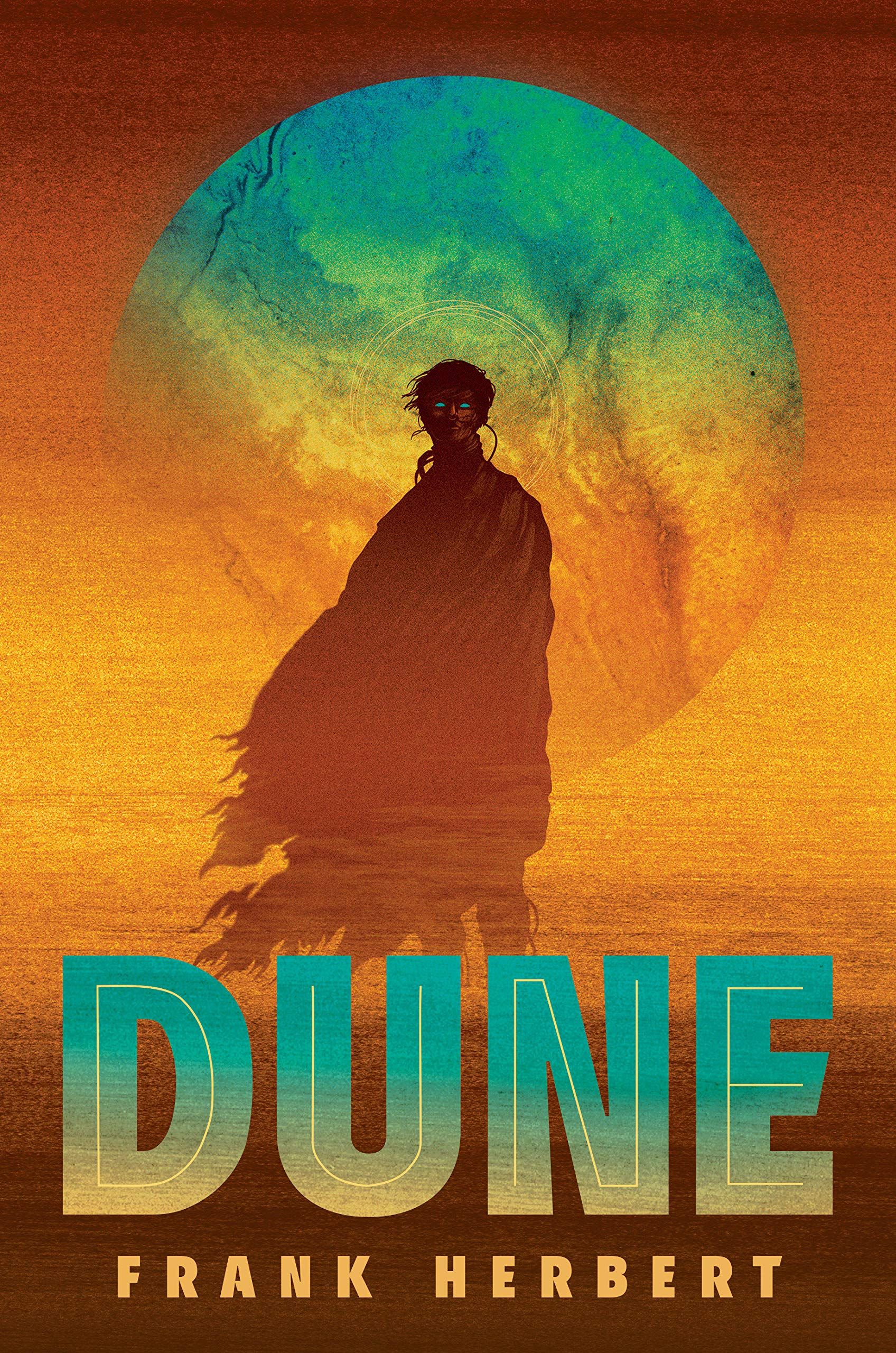
Padmé Amidala Is Chani
One of the most tragic aspects of both Star Wars and Dune is how the fallen heroes treat their former loves. In Star Wars, Padmé Amidala watched in horror as Anakin fell deeper into the dark side of the Force. In Dune, Chani had to do the same with Paul, despite her warning that she would only love him as long as he didn't change. They were also both betrayed in the end, with Anakin killing Padmé for what he thought was an affair with Obi-Wan, and Paul turning from a trusted member of the Fremen to the cause of innumerable deaths.
Both Padmé and Chani also had to endure tragedy on a larger scale than just their respective love interests. Padmé was a senator in the galactic senate, and she was forced to watch as the beacon of democracy she once admired happily allowed itself to be consumed by totalitarianism. Chani was skeptical of the Lisan al Gaib prophecy from the beginning, but she was powerless to stop the other Fremen from deifying Paul and playing into his plans.
Kylo Ren Is Feyd-Rautha
Dune's influence on Star Wars didn't end when Lucas left the franchise in 2012, though. In the sequel trilogy, Kylo Ren rose up as a new dark side force to oppose the heroes of Star Wars. He was stronger, younger, and more ruthless than the villains that came before him, and Kylo Ren was clearly inspired by Feyd-Rautha Harkonnen from Dune. Feyd-Rautha quickly made an impression with his brutal methods, ruthless strategies, and frenzied fighting style, all attributes that also apply to Kylo Ren. Even their lineages are similar, as Kylo Ren was the grandson of Darth Vader and Feyd-Rautha was the nephew of Baron Vladimir Harkonnen.
They aren't exactly the same, though, and Kylo Ren and Feyd-Rautha served very different purposes in their respective stories. In Star Wars, Kylo Ren aimed to reestablish the Empire years after it had been defeated. In Dune: Part Two, Feyd-Rautha was called in to help the Harkonnens keep control of Arrakis, ultimately failing and falling to Paul's blade. Feyd-Rautha also had more dubious morals, as he was clearly villainous in his killing of the Fremen, but he also opposed Paul. Kylo Ren eventually earned redemption and gave his life to save Rey.
The similarities between Dune and Star Wars are apparent, and even the book's original author saw them. In the 2003 Frank Herbert biography Dreamer of Dune, written by his son Brian, it is claimed that Herbert actually considered suing George Lucas. This demonstrates the clear parallels that Herbert himself saw between his work and the Star Wars movies. Star Wars did also have more than enough to set it apart from Dune, though, and its legacy as one of the most original stories in the genre is still well-earned. Star Wars was undeniably influenced by Dune, but there's no reason the two franchises can't share the science fiction crown.
